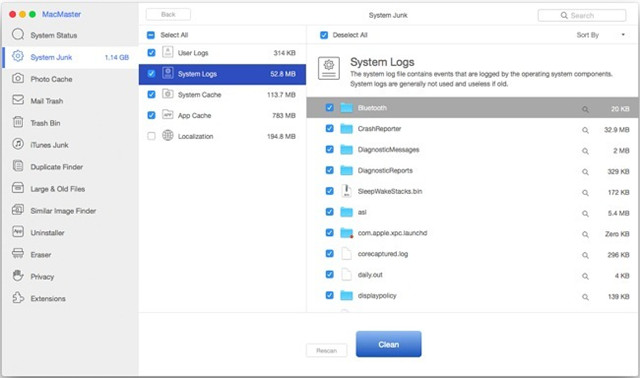

However, in some cases, you may need to find and delete temp files manually. Generally, you don’t need to worry about managing temporary files on your Mac, as the system and applications typically take care of them automatically. Temporary files can also be created by the system during updates or installation processes and can take up precious disk space if they are not deleted. Once you save the item, the temporary file is no longer needed and is automatically deleted. For example, when you open a file in an application, the application may create a temporary file to store changes you make to the file before you save it.

Temporary files are typically used to store data that is only needed while the task is being completed. TMP files can be divided into the following types:

These files usually have names that end with the “.tmp” extension and are automatically created and deleted by the system or the applications themselves. TMP files are temporary files (also called temp files) that are used by various applications and processes to store data while performing certain tasks on a computer.


 0 kommentar(er)
0 kommentar(er)
